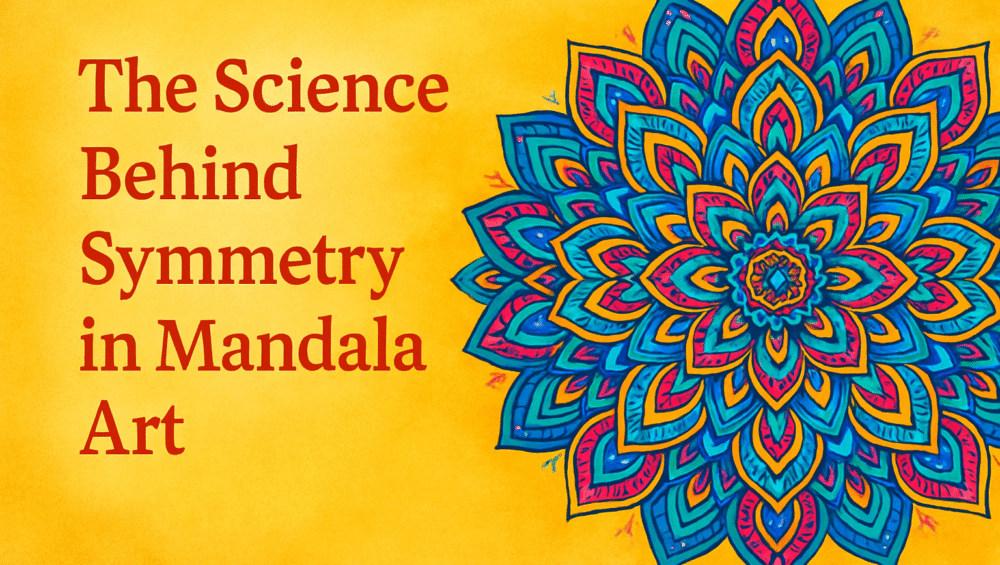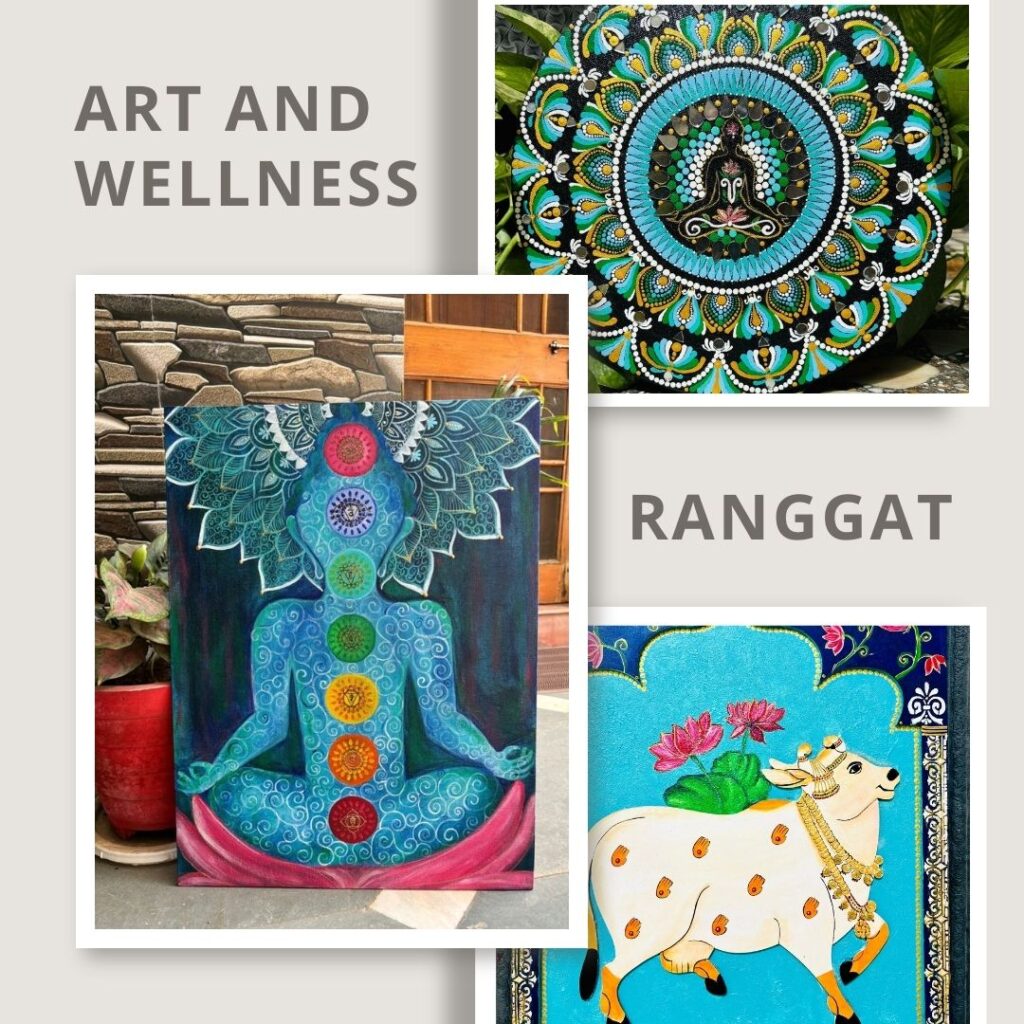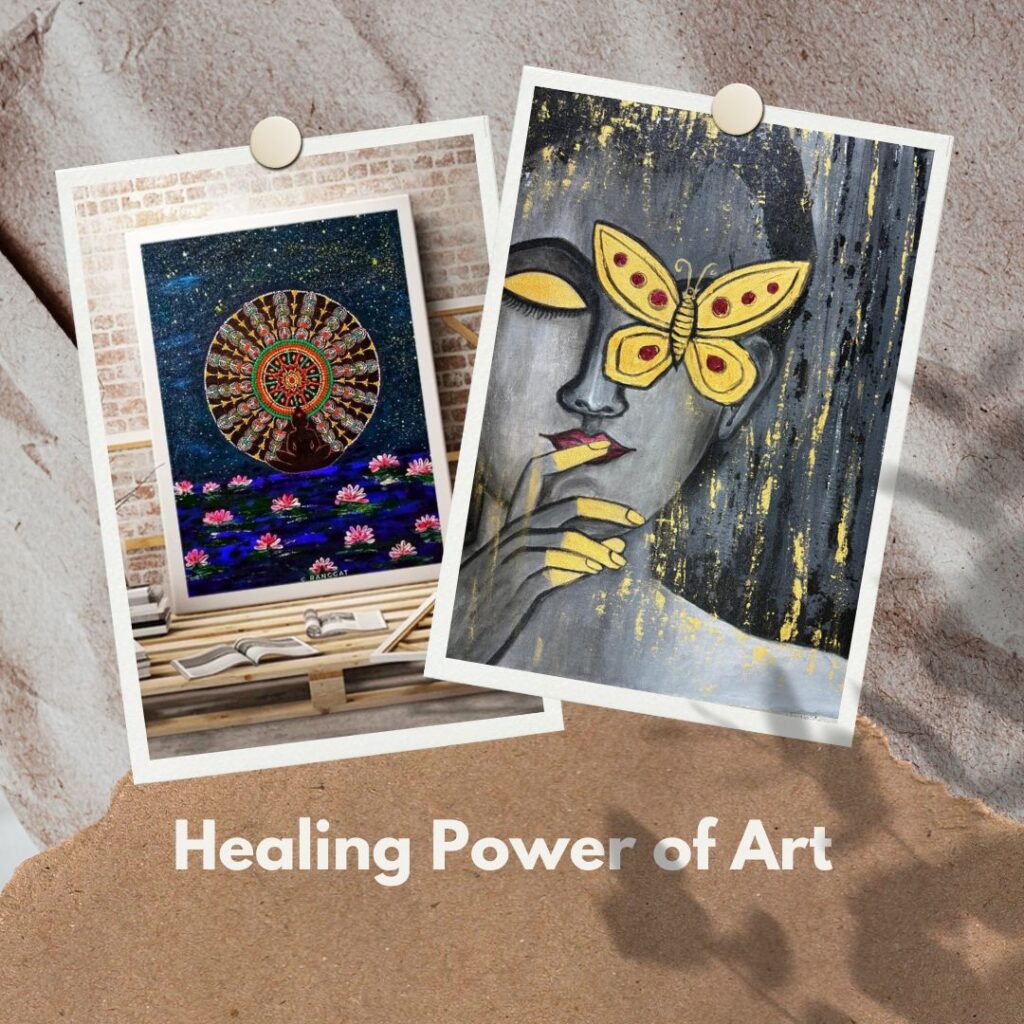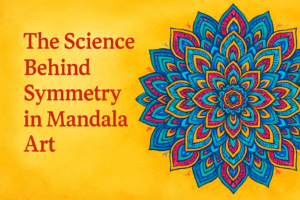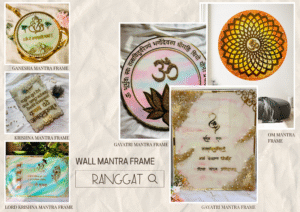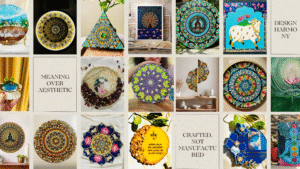The fast-paced world of today has made stress an everyday issue. Everyone has stressful times, whether it’s from personal responsibilities or professional pressure. Mandala art therapy is growing as a creative and effective approach to decrease stress, promote mindfulness, and boost mental well-being.
What is Mandala Art Therapy?
Making circular patterns with rich details is the goal of mandala art therapy. The Sanskrit word “mandala,” which means “circle,” represents the universe’s unity and harmony within. This therapeutic method helps people relax and settle their minds by encouraging them to concentrate on symmetry, patterns, and colors.
Compare it to conventional art therapy, mandalas provide a structured yet adaptable format that enables students and professionals to cultivate creativity and awareness.
How Mandala Art Reduces Stress
- Promotes Mindfulness: Focusing on intricate designs keeps your mind present, reducing anxiety about past or future events.
- Encourages Self-Expression: Mandalas allow individuals to express emotions visually, which can be calming and cathartic.
- Enhances Concentration: Repeating patterns and symmetry require attention, improving focus and mental clarity.
- Stimulates Relaxation: The act of coloring or drawing mandalas triggers relaxation responses, lowering cortisol levels and reducing tension.
- Supports Emotional Healing: Engaging with mandalas can uncover subconscious thoughts and feelings, promoting emotional well-being.
Step-by-Step Guide to Mandala Art Therapy
You don’t need to be an artist to benefit from mandala art therapy. Here’s how to start:
1. Choose Your Materials
- Colored pencils, markers, or watercolors
- Mandala templates (downloadable or pre-printed)
- A quiet, comfortable workspace
2. Set Your Intention
Before starting, focus on a positive thought or feeling you want to cultivate, such as calmness, gratitude, or joy.
3. Begin Drawing or Coloring
- Start from the center and work outward
- Focus on symmetry and repetition of patterns
- Let your mind flow naturally without judgment
4. Reflect on Your Creation
After you’re done, stop and look at your mandala. Take note of the hues, trends, and feelings that emerge. Inner serenity and self-awareness can be improved by this introspection.
Benefits Backed by Science
According to research, art therapy—including mandala painting—can enhance mood, promote mindfulness exercises, and lessen anxiety and despair. Adults who colored mandalas reported far less stress and anxiety than those who colored free-form, according to a 2005 study that was published in the Art Therapy Journal.
Tips for Maximizing Stress Relief
- Practice mandala art daily or weekly to build a calming routine
- Use color therapy principles, choosing colors that resonate with your mood
- Combine mandala art with meditation or deep breathing exercises for enhanced effects
- Avoid perfectionism; focus on the process, not the final outcome
Mandala Art Therapy for Everyone
Whether you’re a student, professional, or retiree, mandala art therapy is accessible and adaptable. It’s especially beneficial for:
- People dealing with anxiety or chronic stress
- Individuals seeking mindfulness practices
- Art enthusiasts looking for creative expression
- Anyone interested in personal growth and self-reflection
Mandala art therapy is an effective remedy for mental health and goes beyond simply being a creative pastime. You can improve awareness, lower tension, and re-establish a connection with your inner self by concentrating on patterns, symmetry, and colors.
READ ALSO | Krishna Mantra | Benefits of Hanging Religious Paintings to Elevate Your Home Decor

